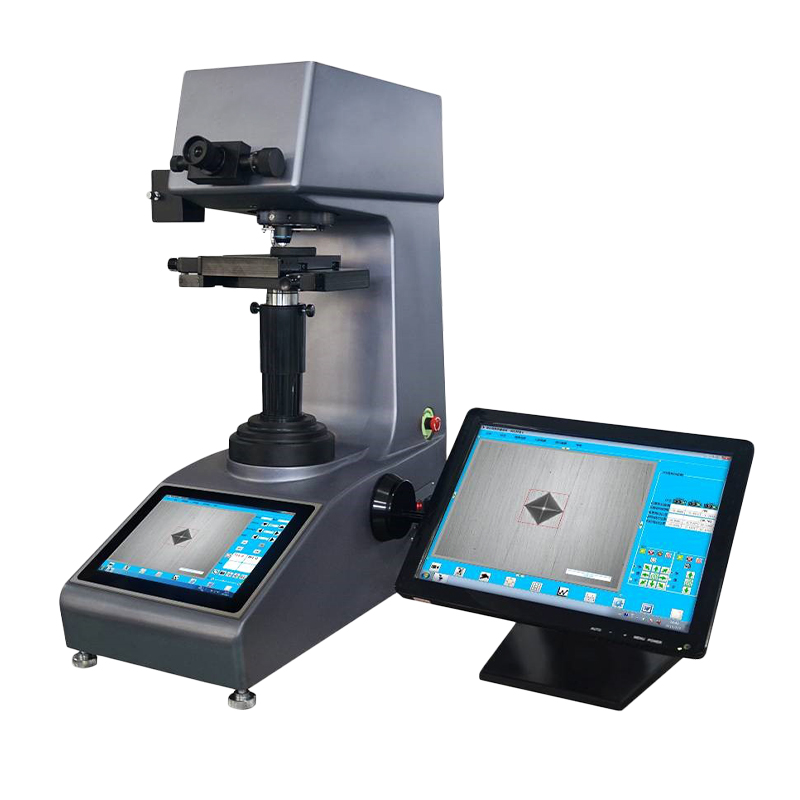In the field of materials testing and quality control, assessing the hardness of a material is crucial to determine its mechanical properties and suitability for specific applications. The Rockwell hardness tester is a widely used instrument that provides a reliable and standardized method for measuring the hardness of a wide range of materials. In this article, we explore the Rockwell hardness tester, its principles, operation, and its significance in evaluating material strength.
The Rockwell hardness tester is a non-destructive testing instrument used to determine the hardness of a material by measuring its resistance to indentation. It is based on the Rockwell hardness scale, which uses a small indenter, typically a diamond cone or a hardened steel ball, to create an indentation on the material's surface. The depth of penetration is measured, and a hardness value is assigned based on the scale and the specific Rockwell hardness test method used.
Principles of Operation:
The Rockwell hardness tester operates on the principle of differential depth measurement. The indenter is first brought into contact with the material's surface with a minor initial load. Once the initial position is set, an additional major load is applied, causing the indenter to penetrate into the material. After a specific dwell time, the major load is removed, and the residual depth of the indenter is measured. The difference between the total penetration and the residual depth provides the Rockwell hardness value.
Key Components of a Rockwell Hardness Tester:
Load Application System:
The Rockwell hardness tester consists of a load application system that applies the initial and major loads to the indenter. The loads are typically applied hydraulically, pneumatically, or through a combination of mechanical and electronic mechanisms. The load is carefully controlled to ensure accurate and consistent measurements.
Indenter:
The indenter is the tool that creates the indentation on the material's surface. The Rockwell hardness tester offers various types of indenters, including a diamond cone for harder materials and a hardened steel ball for softer materials. The choice of indenter depends on the material being tested and the specific Rockwell scale being used.
Hardness Scales:
The Rockwell hardness tester supports different scales to accommodate various material types and hardness ranges. The most commonly used scales include the Rockwell A, B, C, D, E, F, G, H, and K scales. Each scale has specific load and indenter configurations tailored for different materials, such as metals, plastics, and composites.
Benefits and Significance:
Standardized Hardness Measurement:
The Rockwell hardness tester provides a standardized and widely accepted method for hardness measurement. Its use of defined scales and specific load and indenter configurations ensures consistent and comparable hardness values across different materials and testing laboratories.
Non-Destructive Testing:
The Rockwell hardness test is non-destructive, as it creates a small indentation on the material's surface without causing significant damage. This allows for the evaluation of material hardness while preserving the integrity of the tested sample.
Wide Range of Materials:
The Rockwell hardness tester is capable of testing a wide range of materials, including metals, alloys, plastics, rubber, and composites. This versatility makes it a valuable tool for various industries, such as manufacturing, engineering, construction, and quality control.
Quick and Easy Testing:
The Rockwell hardness test is relatively quick and easy to perform, requiring minimal sample preparation and providing results in a short amount of time. This makes it a convenient method for assessing material hardness during production processes or quality control inspections.

